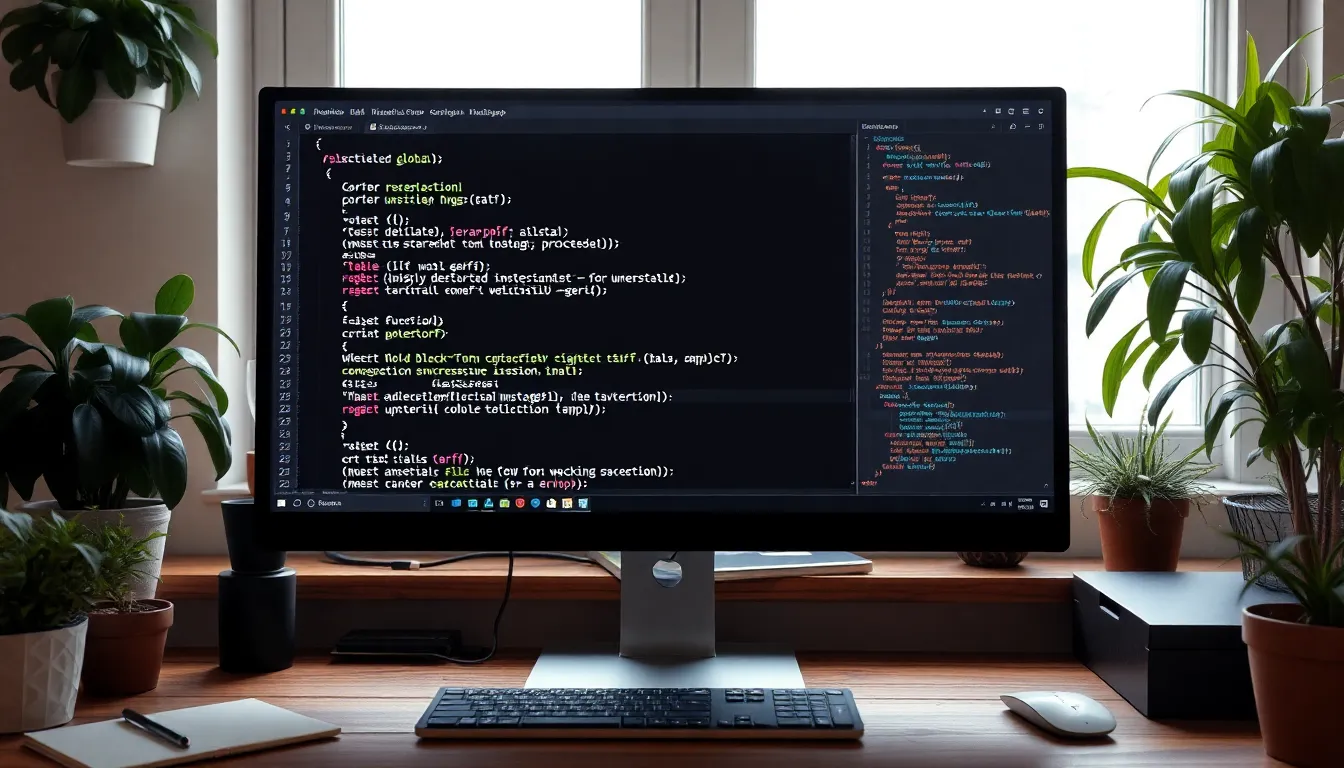Table of Contents
ToggleJavaScript scope is like the secret sauce of programming—without it, things can get messy faster than a toddler with a paint set. Understanding scope is crucial for any developer who wants to write clean, efficient code. It determines where variables are accessible in your code, and trust us, getting tangled in the wrong scope can lead to confusion that even a GPS can’t navigate.
Overview of JavaScript Scope
JavaScript scope defines the visibility and accessibility of variables in code. It primarily consists of two types: global scope and local scope. Global variables remain accessible from any part of the code, while local variables exist only within the function or block where they are declared.
Block scope emerged with ES6, introducing let and const keywords. These keywords allow developers to limit variable accessibility for better code organization. Inside a block, variables declared with let or const cannot be accessed from outside. This feature aids in maintaining cleaner and more efficient code by reducing variable conflicts.
Functions create their own scope, known as function scope. Variables declared within a function are not accessible outside that function. This scoping mechanism prevents unintended interactions between different sections of code. A nested function can access variables from its parent function, illustrating the concept of lexical scope.
Closures play a significant role in scope. A closure is a function that captures the scope in which it was created. This feature allows for private variables and methods, promoting better encapsulation. When a function returns another function, the inner function retains access to its outer scope, even after the parent function completes execution.
The concept of scope impacts memory management too. Javascript engines optimize memory usage, and understanding scope helps identify when variables can be freed. Effective scope management minimizes memory leaks, enhancing application performance.
Types of Scope in JavaScript

JavaScript features various types of scope that determine variable accessibility. Understanding these scopes enhances coding efficiency and robustness.
Global Scope
Global scope allows variables to be accessible from anywhere in the code. Declaring a variable in the global context means any function or block can interact with it. For instance, if a variable named username is defined globally, both functions and scripts can utilize it without restrictions. However, overusing global variables can cause conflicts, especially in large applications where variable names may overlap. Keeping the global scope minimal encourages better organization and reduces the potential for bugs.
Function Scope
Function scope confines variables within the function they are declared in. When a variable, such as tempData, is defined inside a function, it remains inaccessible outside that function. This encapsulation prevents outside code from inadvertently altering variable values, establishing a clean separation of logic. A variable’s importance diminishes after its function execution, allowing for optimal memory usage. Developers benefit from using function scope to ensure that private data remains secure.
Block Scope
Block scope emerged with ES6 and enhances variable organization within blocks of code, such as loops and conditionals. Keywords let and const introduce this scope by limiting variable visibility to the enclosing block. For example, a variable declared with let inside a loop cannot be accessed outside that loop. This behavior improves code maintainability and reduces errors related to variable hoisting. Utilizing block scope allows developers to create clearer, more manageable structures by defining variable lifetimes more precisely.
Understanding Lexical Scope
Lexical scope refers to the accessibility of variables based on their location within the source code. In JavaScript, this means that nested functions can access variables defined in their parent functions.
Closures in JavaScript
Closures play a pivotal role in JavaScript by preserving the scope in which they were created. A closure allows a function to access variables from its outer scope even after that outer function has completed execution. This behavior enables the creation of private variables, providing data encapsulation within functions. For example, a counter function can utilize closures to maintain its state, allowing it to increment without exposing the underlying variable. Developers leverage closures to build more secure and modular code. By understanding closures, programmers can enhance memory management and optimize performance, minimizing the risk of memory leaks.
Scope Chain
The scope chain serves as a hierarchy that determines variable accessibility in JavaScript. It plays a crucial role in how the engine resolves variable names. When a variable is referenced, the JavaScript engine first checks the local scope. If it doesn’t find the variable there, it continues searching its parent scopes, moving up the chain.
How Scope Chain Works
Each function creates a new scope. Within that function, any variables defined become local to that function only. If the function contains nested functions, those nested functions also gain access to the outer function’s scope. The outer functions remain available until the outermost scope, typically the global scope, is reached.
Variables in the global scope are accessible from anywhere in the code, but variable conflicts may arise with improper usage. Consequently, understanding the scope chain helps developers avoid potential pitfalls. By recognizing this hierarchy, developers can manage variable accessibility effectively.
Common Scope Issues
Understanding common scope issues is vital for developers to write effective JavaScript. Hoisting and the temporal dead zone present challenges that can impact code behavior.
Hoisting
Hoisting refers to JavaScript’s behavior of moving variable and function declarations to the top of their containing scope during the compilation phase. Variables declared with var are hoisted but remain undefined until their assignment occurs. For example, calling a variable before its declaration yields undefined, not an error. However, function declarations hoist with their definitions, allowing for immediate invocation. Developers must recognize that let and const declarations do not hoist like var, leading to different behaviors. In practice, it’s crucial to declare variables at the top of scopes to avoid confusion and reduce errors related to hoisting.
Temporal Dead Zone
The temporal dead zone (TDZ) occurs when a variable is accessed before its declaration, particularly with let and const keywords. Developers should note that these variables exist in a TDZ until the line of declaration is reached. An attempt to access them prior leads to a ReferenceError. This issue often arises in loops and conditional statements. Therefore, understanding TDZ helps developers prevent unexpected errors and write more reliable and maintainable code. Awareness of this concept is essential to properly utilize block scope in JavaScript.
Mastering JavaScript scope is vital for any developer aiming to write clean and efficient code. Understanding the nuances of global, local, and block scopes empowers programmers to manage variable accessibility effectively. By leveraging concepts like closures and the scope chain, developers can enhance encapsulation and memory management.
Awareness of common pitfalls such as hoisting and the temporal dead zone further equips developers to avoid potential errors. As they navigate the complexities of JavaScript, a solid grasp of scope will lead to more robust applications and improved coding practices. Embracing these principles not only fosters better code organization but also contributes to a more secure and maintainable coding environment.




